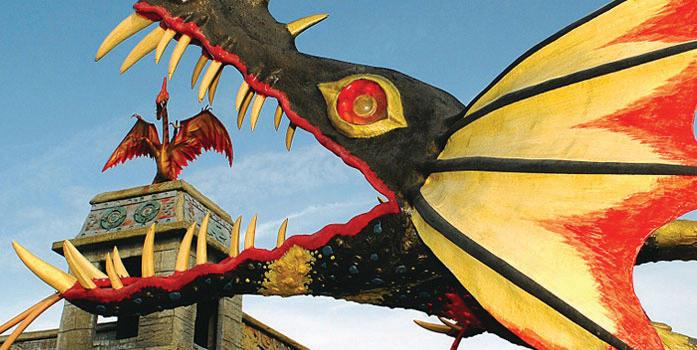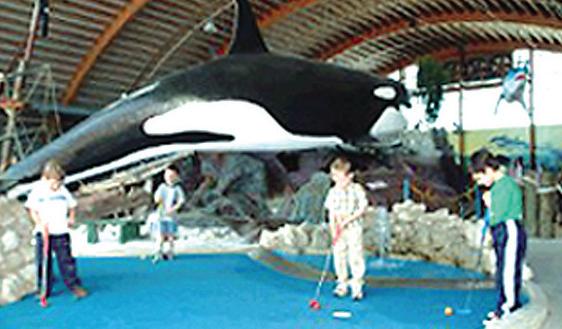
2 minute read
Tide pools can be fun, but could end up posing danger
By Kristin Joson Contributing Writer
(Aug. 18, 2023) This is the time of the year when visitors to the beach could possibly be entertained by the formation of tide pools.
I remember playing in them when I was a kid, and it was always a good time.
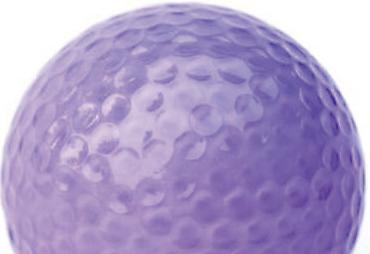
Water that forms a pool on the beach is a normal occurrence that typically happens during this time in the season. We commonly refer to them as tide pools.
However, they are not only formed by the outgoing tide but are also formed when large waves are driven further onto the beach by wind or during storms.
Tropical activity in the Atlantic during this time of the year can cause larger than usual waves and surf conditions (also causing stronger rip currents and dangerous shore break). When this happens, these waves bring more water onto the beach, and if it becomes trapped in a low area, a “tide pool” may form.









These low areas on the beach are formed as waves push sand into large mounds running parallel to the shore with the area behind the mound (to the west) lower than this newly formed retaining mound.
As water is pushed over this mound, it cannot make its way back into the ocean as runoff and becomes trapped in the low-lying area.
Although the amount of water, the size of the low-lying area and the depth of low-lying area, may vary from a few inches to a few feet deep and the size may be as small as a backyard pool or as large as several city blocks, most tide pools are only a few inches deep and less than a block long.
Because of the relatively small quantity of water, the sun heats it and it is much warmer than the ocean and it usually has no wave action, making it very inviting.
When a child comes to the beach and finds a tide pool, they become very excited. It is like having a backyard pool on the beach. However, tide pools pose their own dangers.
Because a tide pool seems like the perfect place for small children to play, parents often do not give the same attention to their children as they would if they were playing in the ocean or in a pool.
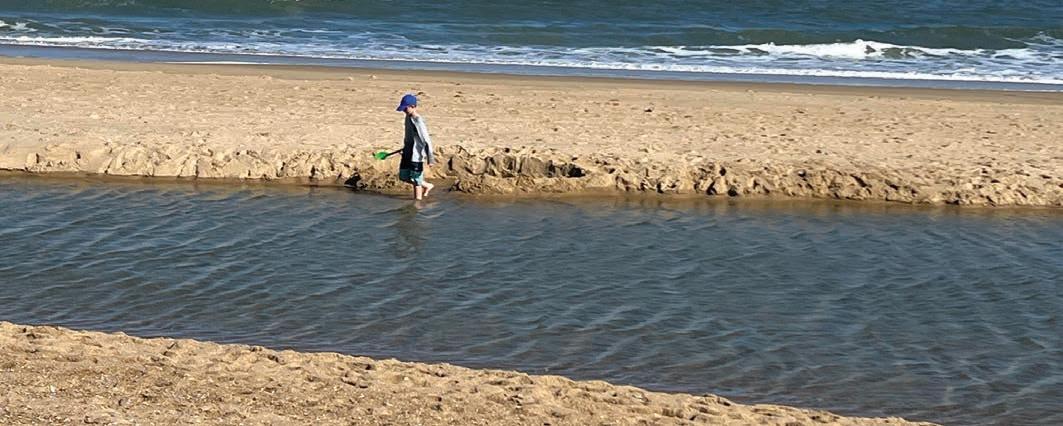
Further complicating this is the fact that most often the tide pool ends up forming behind the guard stands and often behind umbrellas and other shade structures, making it impossible to see from the surf rescue technician’s stand.
This means that the SRT (lifeguard) is only scanning this area as part of their secondary scan giving much less attention to this water hazard than the large body of water directly in front of them if they can even see it clearly.
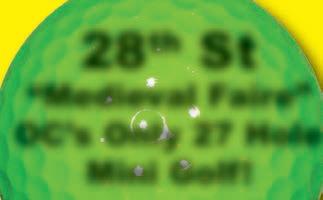

Parents often have a false sense of
